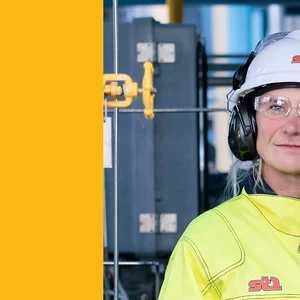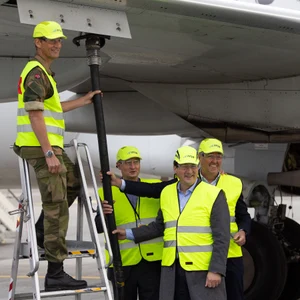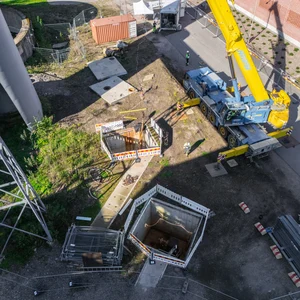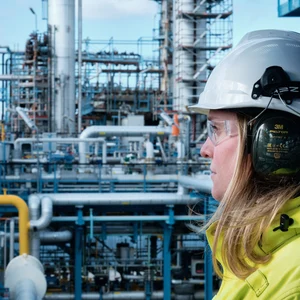Stories

Start of Nordic liquified biogas refuelling network for heavy duty
St1 started the distribution of liquified biogas (LBG) in Finland in 2024 by opening the three first biogas refuelling sites for heavy duty; in Iittala, Mäntsälä and Salo. The next two sites are currently under construction and two in execution planning.

St1 opens its first fuel-free service station
A new milestone in the Nordic energy transition was reached today as St1 officially opened the completely transformed Marienlyst station in Oslo – now operating without any petrol or diesel pumps.

Passion for creating value for our customers: Tuomas Tenkanen's energy transition journey
Tuomas Tenkanen, Head of B2B Sales Finland: "St1 has always been able to offer me new challenges, which has enabled my professional growth”

From engineer to industry innovator: Linda Werner’s energy transition journey
Linda Werner, Head of Investments and Innovations: "Doing it with the heart makes it worthwhile to go to work every day”

St1 launches its first heavy vehicle charging station
St1 has established its first charging station for heavy vehicles in Oslo, Norway, where trucks, buses, and other vehicles up to 18 meters in length can recharge.

Norwegian Armed Forces creates aviation first with biofuels from St1
The first use of biofuel for the defence sector's business trips with Norwegian was marked at Ålesund Airport Vigra this week. Norwegian will blend 15 percent biofuel on over 1 million flights until 2028

St1 geothermal wells in Otaniemi now in research use
The St1 geothermal pilot project in Otaniemi, Espoo, makes its geothermal wells available for research use, as a research group led by the University of Helsinki carried out measurements at the wells.

1Vision Biogas is set to become a leading biogas player in the Nordics
1Vision Biogas AB announces the closing of the acquisition of St1 Nordic Oy’s biogas assets. 1Vision Biogas is a joint venture between St1, HitecVision and Aneo. 1Vision Biogas acquired earlier this year 100% ownership of Biokraft International AB

An energy station for the future – with a focus on customer experience
In May 2023, St1 Norway opened Shell Lonelier just outside Kristiansand, its flagship retail site in southern Norway. Shell Lonelier is a state-of-the-art energy site where future fuels are placed at the center of the site’s design.
